The story of Zagato Milano
The 1910s: Aeronautics Ugo Zagato was born in Gavello, near Rovigo, on June 25, 1890. He began his coachbuilding career in 1919 when he…
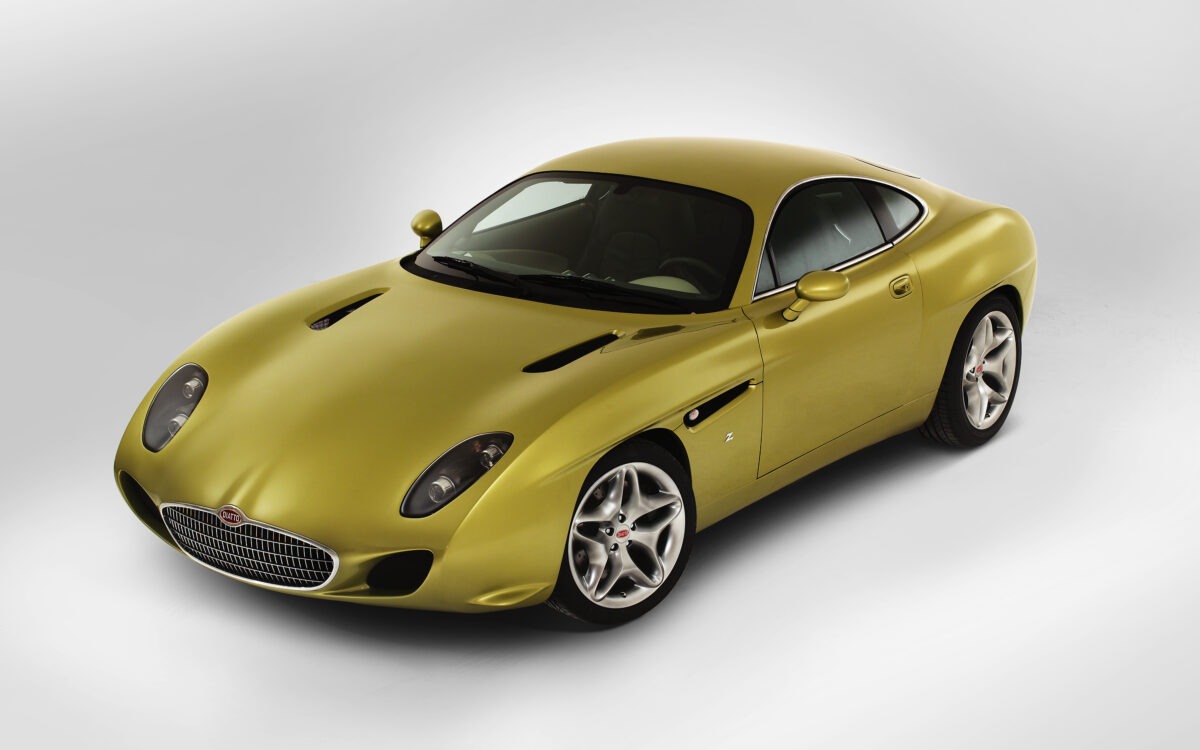
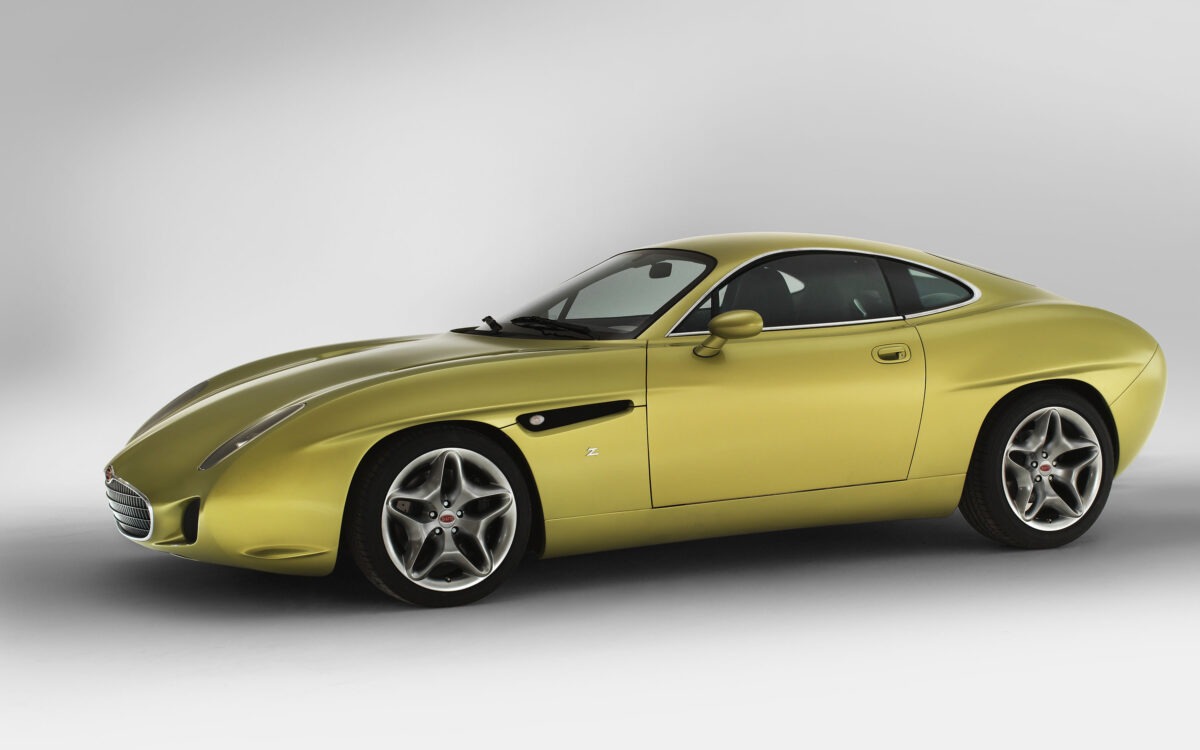
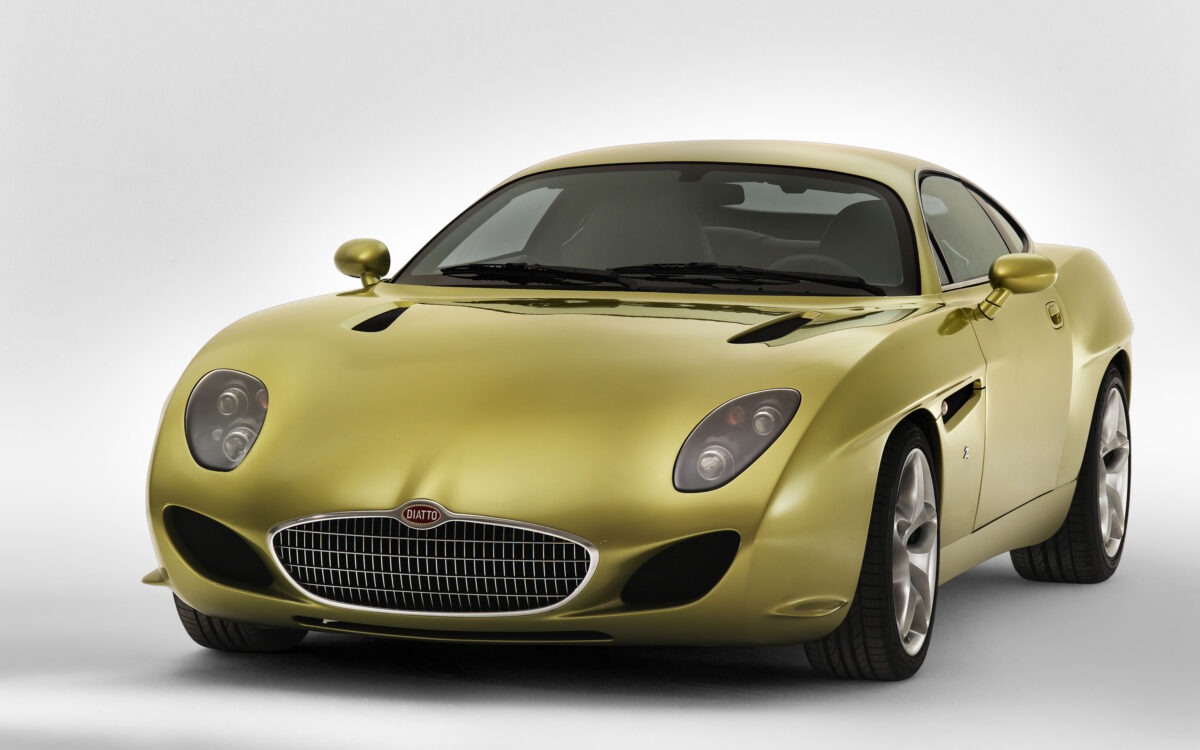
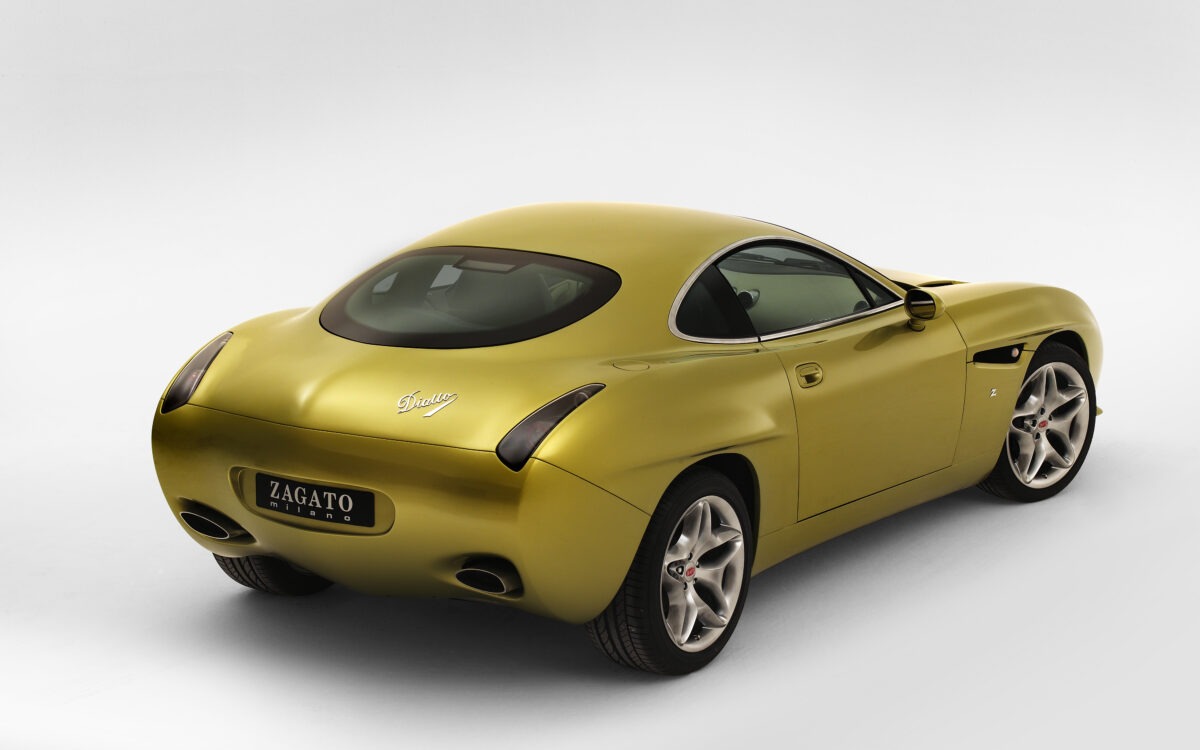
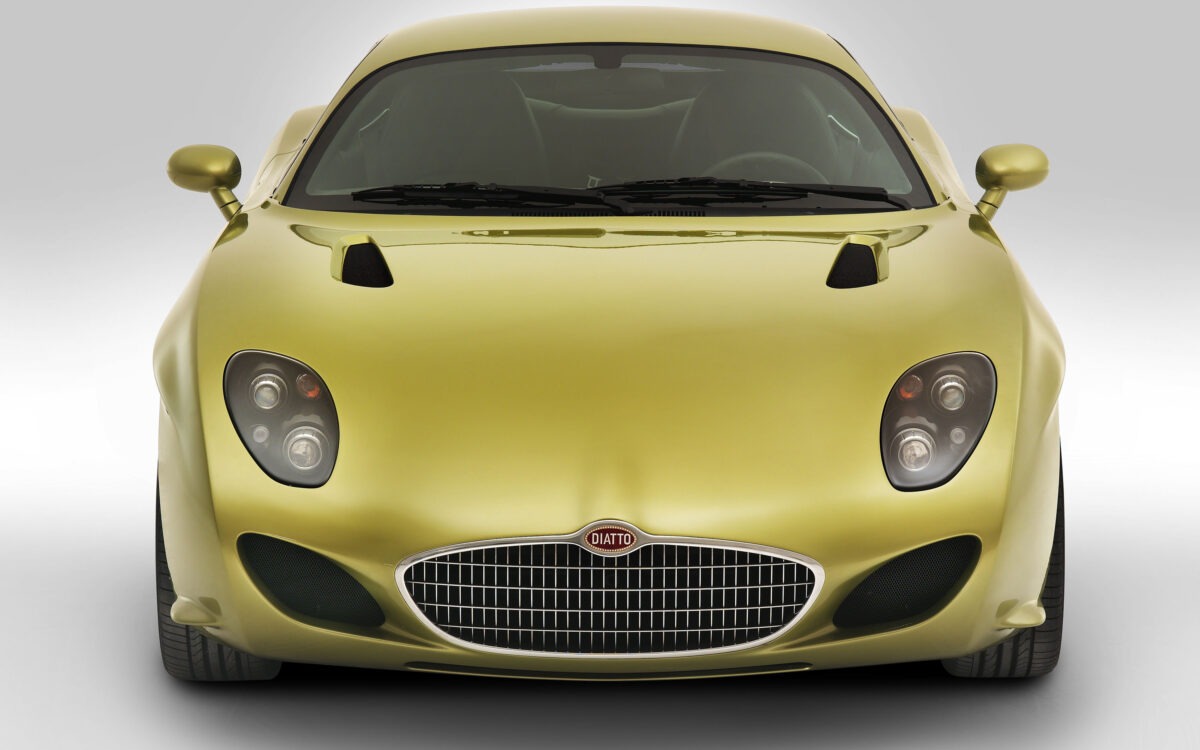
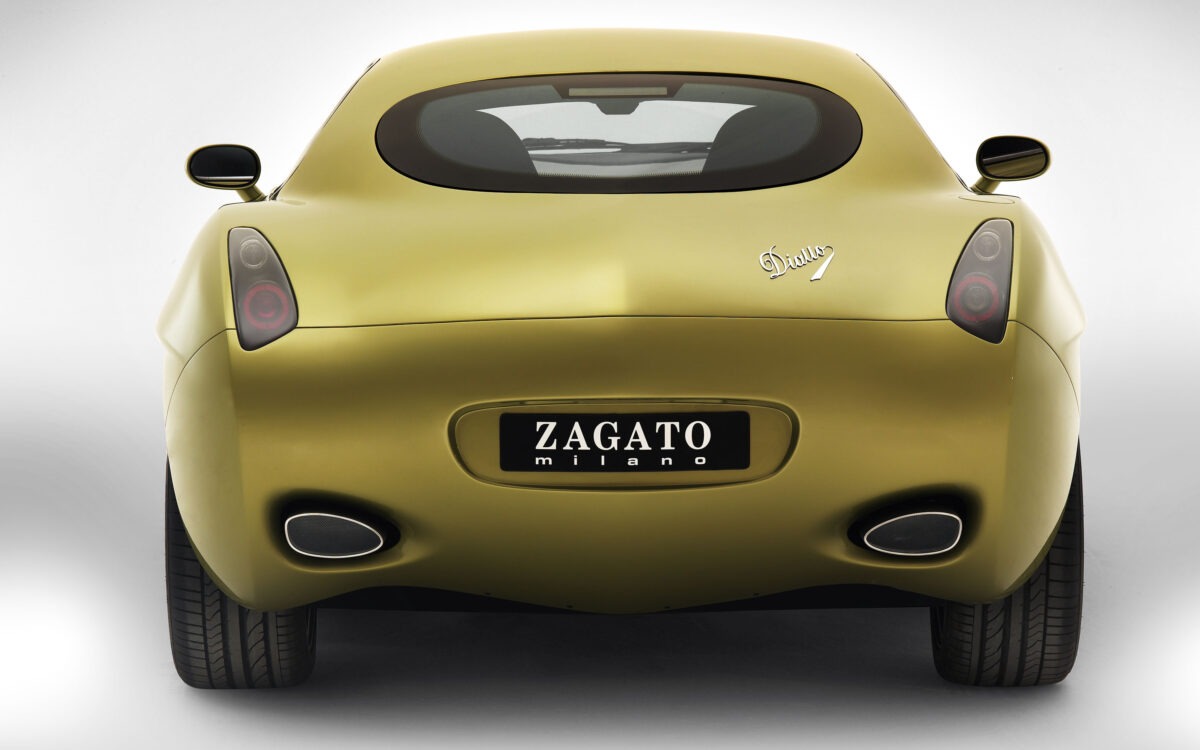
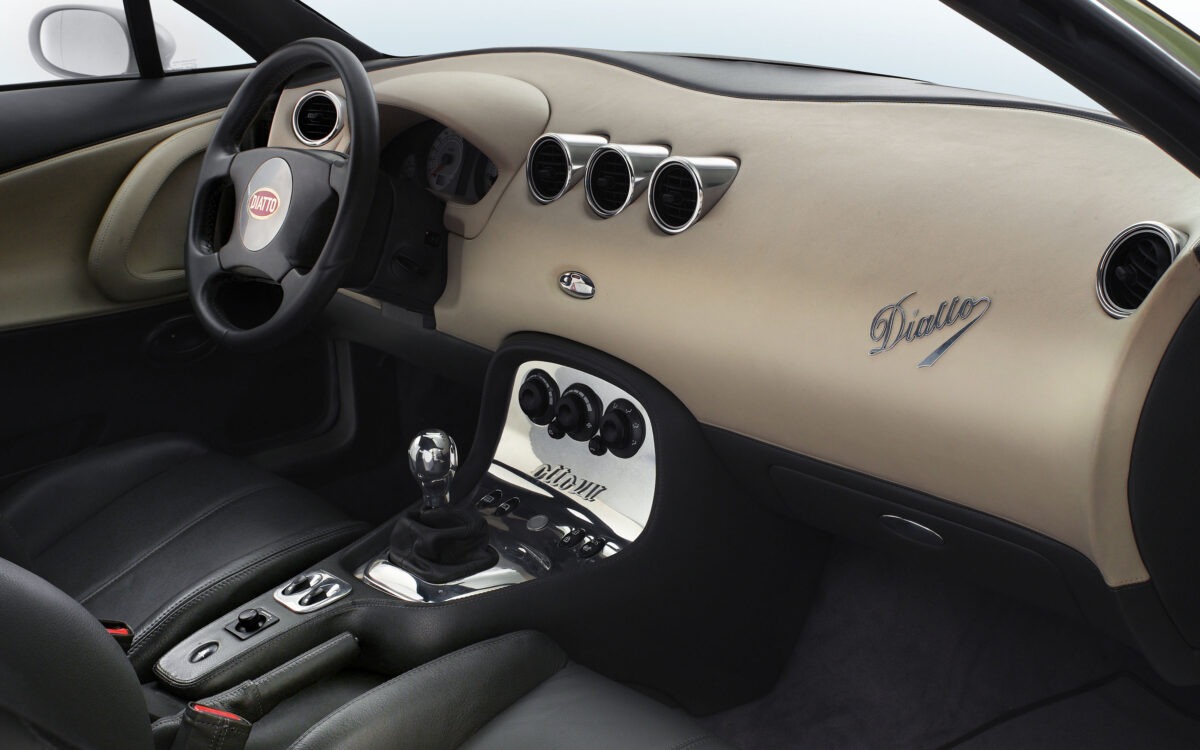
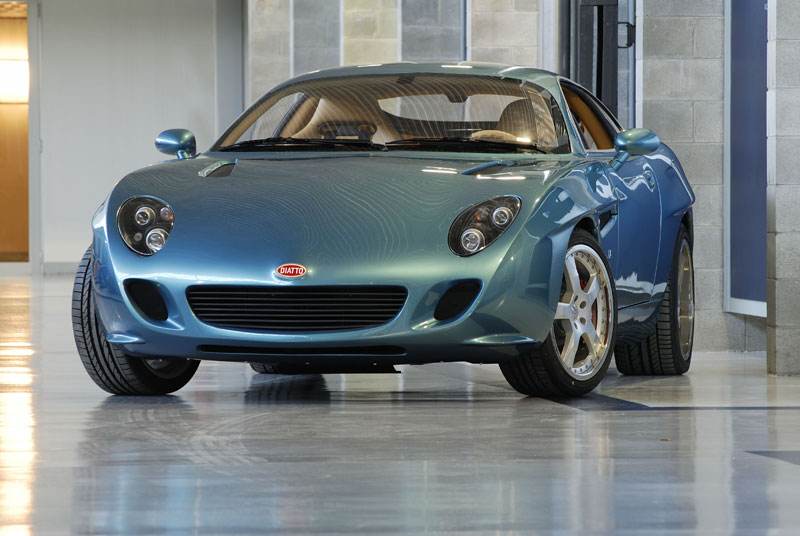
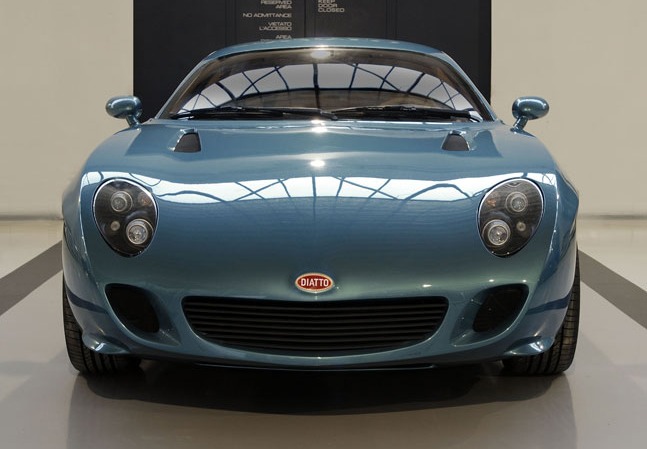
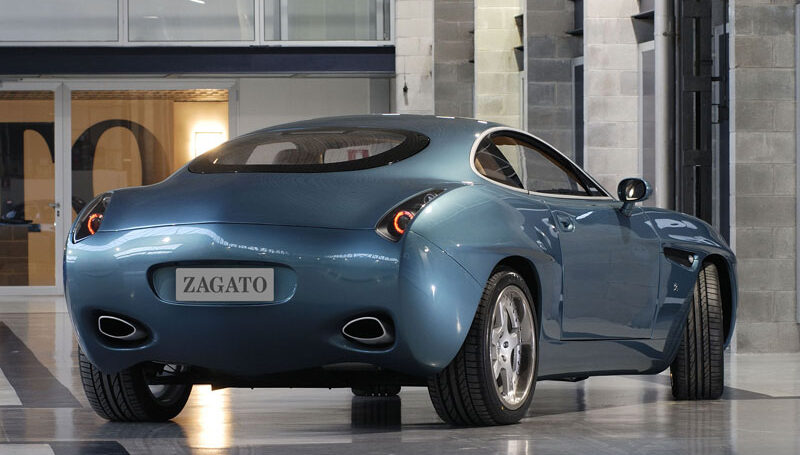










The Diatto Ottovu was commissioned to Zagato by two private collectors and celebrates the 100th anniversary of the Diatto brand.
The Diatto Ottovu: On the occasion of the 100th anniversary of the Diatto brand, two keen collectors turned to Zagato with the aspiration of resurrecting past collaboration. Way back in 1921, Ugo Zagato designed a lightweight and aerodynamic body for the Diatto 25 4DS chassis. Having applied for and, of course, obtained authorisation from the current owner of the Diatto brand, and having received the two mechanized chassis, the Zagato Atelier produced two tailor-made outfits for the lucky customers in the typical Italian highclass tailoring tradition. In 2007, the Milanese Atelier with its typically rationalist approach to a project, revamps, with a sporty note, the artistry of one of the most historical brands of the Italian automotive industry: Diatto. Created in 1835 with a Perfected Wheel patent, Diatto made their first car in 1905 and often crossed paths with Zagato in their close collaboration with Ettore Bugatti, the Maserati brothers and Tazio Nuvolari. The bodywork of the two Diatto Ottovu cars is entirely made of aluminium, one of Zagato’s strengths, valued and recognised far and wide by the most demanding collectors. The lids are moulded in a single piece to underline the freedom that a nonindustrial approach to the product still allows. The smooth but clear-cut lines characterise the generous and at the same time compact dimensions, typical of the most admired pure Italian sports cars, making them a cult for fans all over the world. Reminiscent of the legendary Zagato Ottovù, these first two grand touring cars will be an “Instant Classic” in shape and contents. The trilobal front and rear of the vehicles recall the design of the Diatto competition cars that have raced to victory more than 300 times on circuits all over Europe. Particular care has been taken with the interior and the exclusive design and functionality of the rear of the vehicle, so as to provide enhanced passenger comfort. The luggage compartment, immediately behind the seats and also visible through the rear window, recalls the by now traditional solutions of the Milanese Atelier.


The 1910s: Aeronautics Ugo Zagato was born in Gavello, near Rovigo, on June 25, 1890. He began his coachbuilding career in 1919 when he…
Missing or wrong informations?
Carrozzieri-Italiani.com relies on thousend of users who help to populate the database. We do not guarantee the accuracy of the informations. Contact us if you want to contribute.
